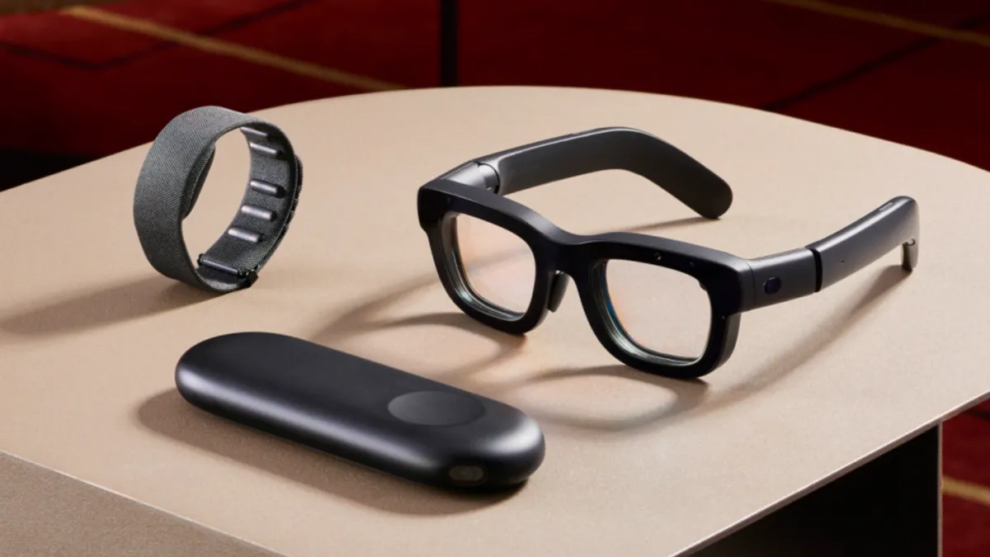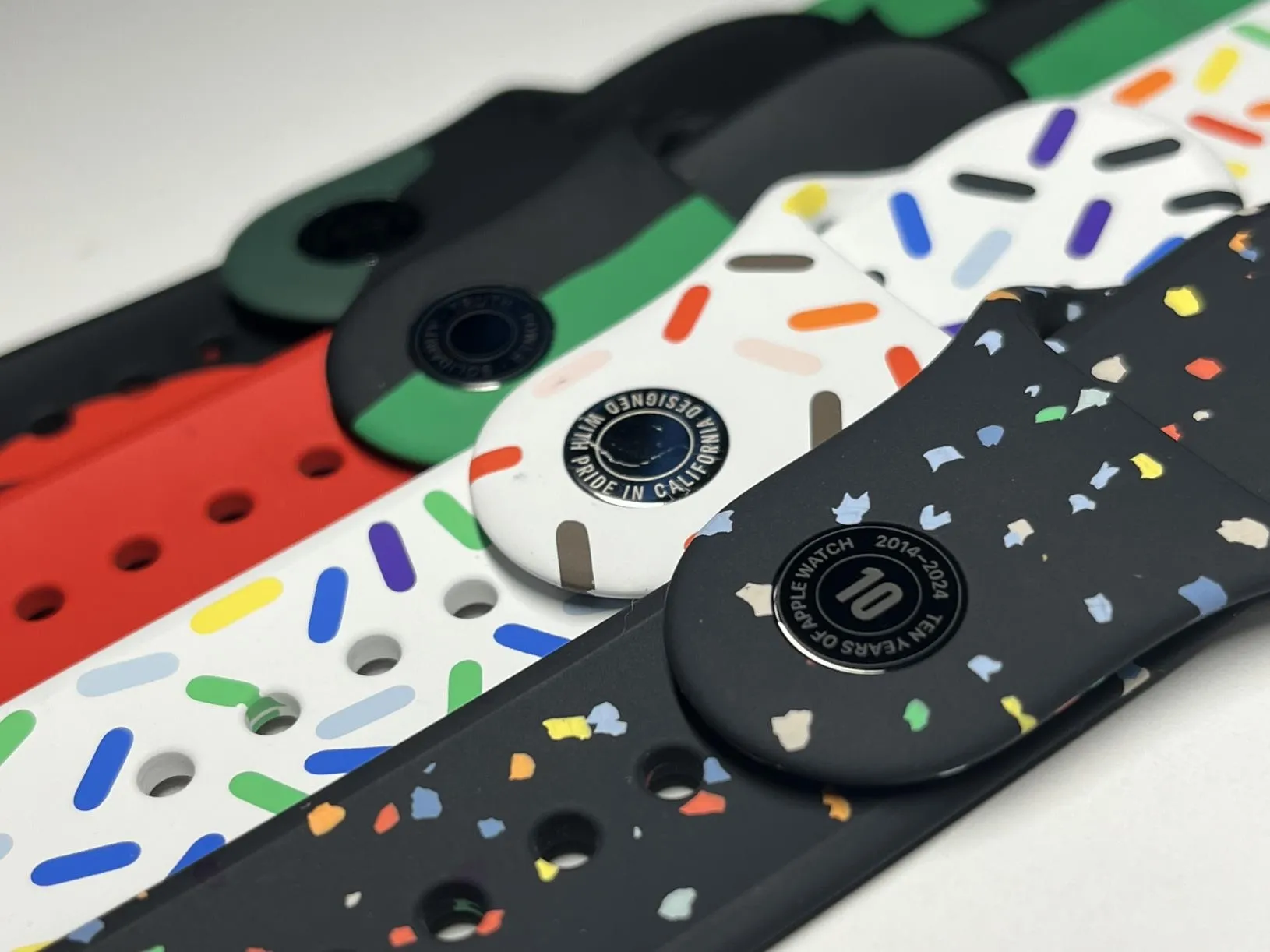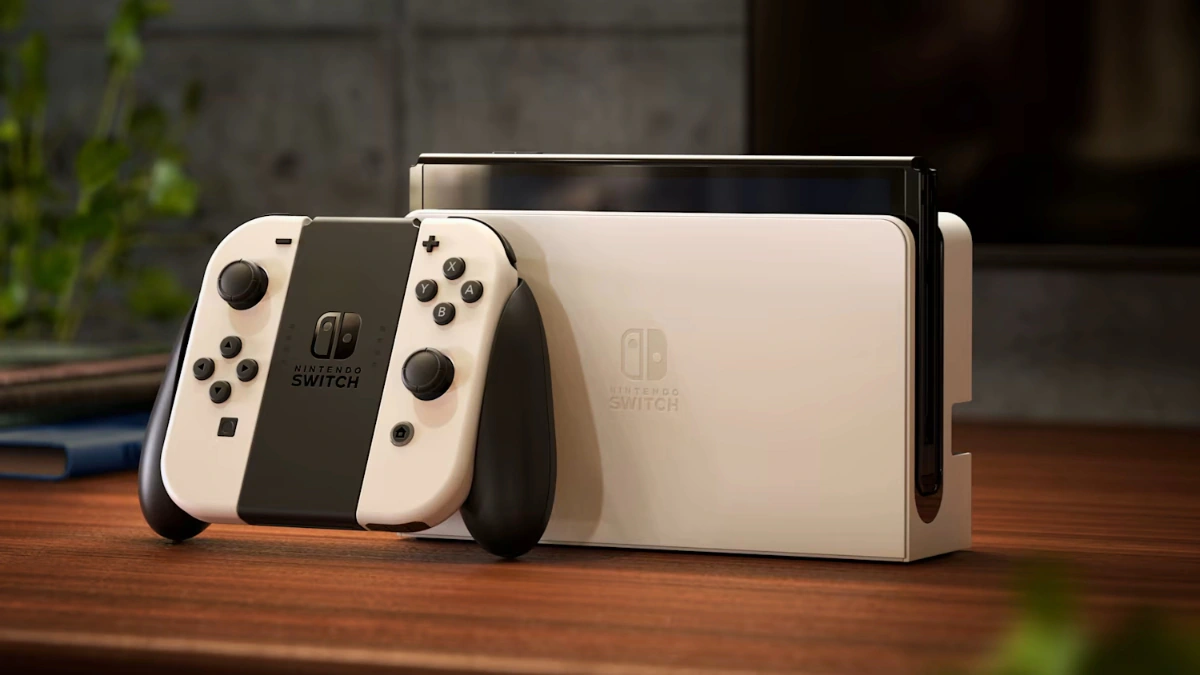Are you constantly glued to your smartphone, feeling a pang of digital fatigue? What if the future of connectivity rested not in your hand, but right on your face? Tech giant Meta, the company behind Facebook and Instagram, is betting big on this vision with its upcoming smart glasses, poised to blend the digital and physical worlds in an unprecedented way.
Building on the surprising success of their camera-equipped Ray-Ban Meta smart glasses, Meta is now gearing up to launch a more advanced model, internally codenamed “Hypernova,” by the end of 2025. This isn’t just a minor upgrade; these glasses represent a significant leap forward, incorporating a built-in display and gesture controls that could fundamentally change how we interact with information and each other.
Imagine glancing down to see a map guiding your way, checking your messages with a subtle hand movement, or capturing a moment without ever reaching for your phone. This is the promise of Meta’s new smart glasses. Sources indicate that the “Hypernova” glasses will feature a monocular display, subtly positioned in the lower-right corner of the right lens. This design choice suggests a focus on providing information without fully immersing the user in an augmented reality experience, a concept closer to the earlier Google Glass. While not the full-fledged AR glasses Meta has hinted at for the future, this step is crucial in their long-term ambition to challenge the dominance of smartphones.
The price tag for this futuristic eyewear is expected to be substantial, potentially ranging from $1,000 to $1,400. This positions them as a premium product, significantly more expensive than the current Ray-Ban Meta glasses, which start at $299 and have reportedly sold over two million pairs since their launch in October 2023. Meta seems to be adopting a two-pronged strategy: continuing to offer the more affordable model while enticing users to upgrade to the feature-rich “Hypernova” for a more integrated experience.
So, what exactly will these glasses be capable of? Leaks and reports suggest a compelling array of features. You’ll be able to take photos and view images directly through the glasses. Accessing maps for navigation will be seamless, and staying connected will be easier with notifications from your favorite phone apps like Messenger and WhatsApp appearing right in your field of vision. The glasses will continue to rely on the Meta View app for managing these features, similar to the current Ray-Ban Meta model. This app allows for photo and video capture, access to Meta’s AI assistant via built-in microphones, and pairing with your phone for calls and music playback.
But the real game-changer appears to be the new control method: a “Neural Wristband” codenamed “Ceres.” This innovative accessory will allow users to control the glasses with intuitive hand gestures. Imagine rotating your hand to scroll through apps or pinching your fingers to select an item – all without physically touching the glasses. While the wristband is expected to be bundled with the glasses, Meta will also retain touch controls on the sides of the frames for tasks like swiping through apps or tapping to make selections. This dual control system offers flexibility and convenience for various situations.
Photography enthusiasts will also appreciate the upgraded camera in the “Hypernova” glasses. Meta is reportedly aiming for image quality comparable to the iPhone 13, a significant improvement over the current 12-megapixel camera, which they internally compare to the iPhone 11. This suggests that capturing high-quality photos and videos through your glasses will be a key selling point.
Even the carrying case is getting a redesign. The new case, known as “Heres,” will feature a foldable, triangular prism shape, adding a touch of modern design to the overall package.
Looking further into the future, Meta’s ambitions in augmented reality extend beyond the “Hypernova.” Prototypes for more advanced AR glasses, like the “Orion” which is expected to evolve into a consumer product called “Artemis” around 2027, are already in development. These full AR glasses aim to overlay interactive visuals and information directly into your real-world view, requiring significantly more advanced technology. Meta is also working on a more basic, display-less model called “Supernova 2,” inspired by Oakley’s sports eyewear and currently being tested for activities like cycling. This suggests Meta is exploring various form factors and functionalities to cater to different user needs and price points. The company is currently evaluating whether to release these different AR product lines separately or merge them in the future.
Interestingly, despite earlier expectations of Meta developing its own operating system, the “Hypernova” glasses will reportedly run on a customized version of Google’s Android system. Initially, there won’t be a built-in app store, with the glasses likely leveraging Android’s XR platform for functionality. This decision could streamline development and leverage the existing Android ecosystem.
Meta’s journey into smart wearables hasn’t been without its challenges. The cancellation of a camera-free version of the Ray-Ban glasses, codenamed “Luna,” highlights the company’s need to balance features, cost, and privacy concerns. However, Meta’s commitment to leading the AR race remains strong. Products like the “Hypernova” are seen as crucial steps in establishing a user base and refining the technology before moving towards fully immersive AR experiences.
The success of Meta’s “Hypernova” smart glasses remains to be seen. The high price point could be a barrier for many consumers. Competition is also brewing, with companies like Amazon reportedly developing their own smart glasses. However, Meta’s early lead in the market with the Ray-Ban Meta glasses, coupled with the significant advancements in the “Hypernova,” positions them as a strong contender in the emerging field of smart wearables.
Could these smart glasses eventually replace your smartphone? While that might still be some years away, Meta’s vision for a future where technology seamlessly integrates into our everyday lives, starting with stylish glasses equipped with displays and gesture controls, is certainly compelling. As we move closer to the anticipated launch in late 2025, the world will be watching to see if Meta can truly usher in the next era of personal computing.










Add Comment